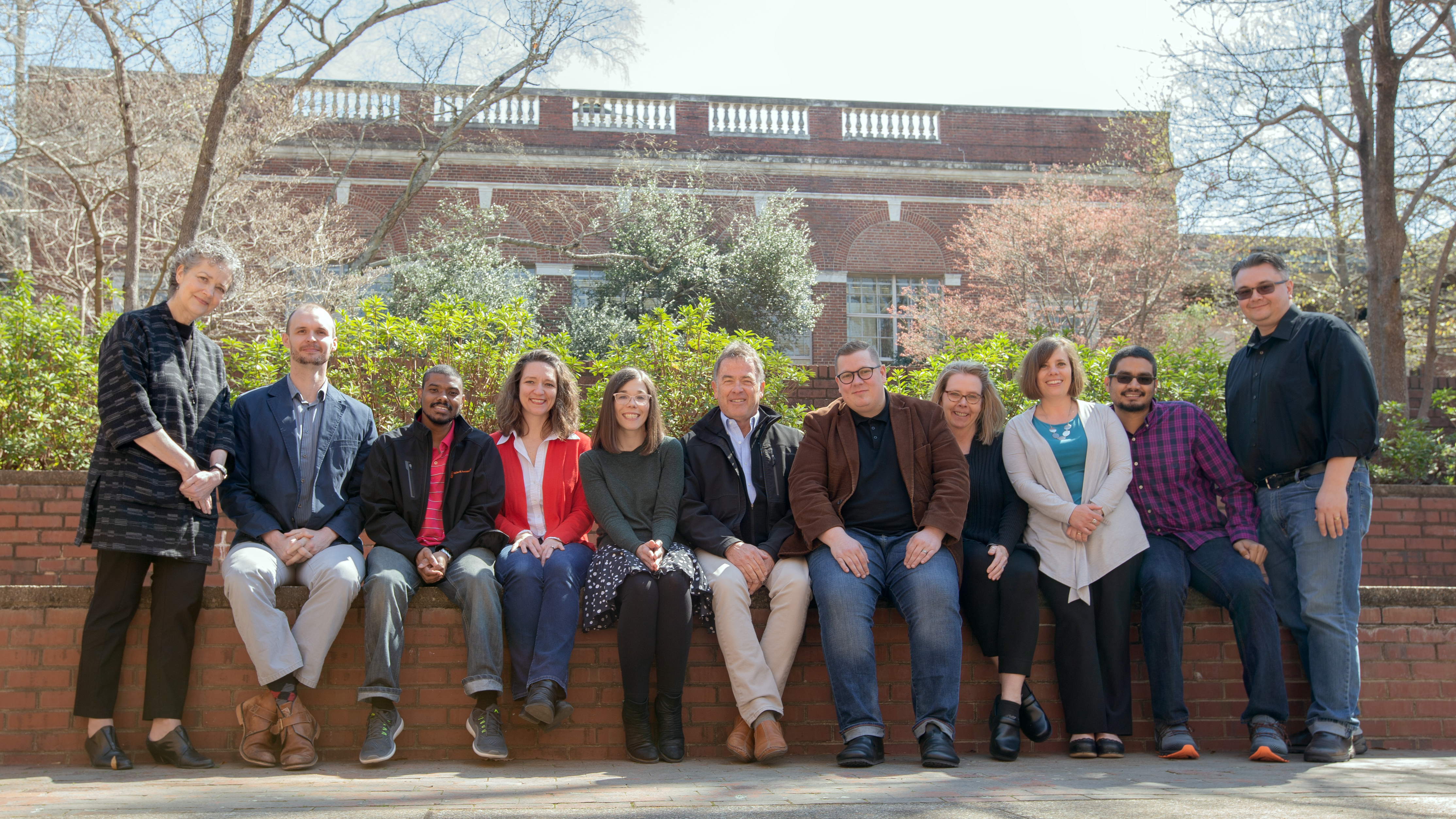Doctor of Design Students Explore Success After Failure

Doctor of Design Symposium Fall 2019 from NC State – College of Design on Vimeo.
The Doctor of Design (DDes) program held its second annual symposium, Success After Failure: Designing Through Challenges, on August 16, 2019.
The program is the brainchild of faculty and administrators of the College of Design, and realizes a long-cherished dream of engaging student-practitioners in advanced design studies. As ‘sister’ to the PhD program (now entering its twentieth year), the Doctor of Design program was developed specifically to serve the needs of experienced design practitioners—to address a practice-based research agenda for the design community. Since its approval in 2016-17, the program has gestated and grown rapidly; it now has 18 students enrolled.
The DDes is distinctive as a blended degree program. Although all required classes for the Doctor of Design are offered online, the program also relies on semi-annual face-to-face on-campus activities to round out the student experience. These activities are designed to foster relationships among the student cohorts, faculty advisors, and members of the professional design community. And that platform makes the Doctor of Design program at NC State unique.
The symposium included a Poster Session to celebrate the first anniversary of the Doctor of Design program. The session featured work-in-progress of the pioneering first class of DDes students. Their posters contained the components of their dissertation project proposals, including the phenomena and contexts under study, theoretical constructs, problem statements and the current state of the question, research strategy, methods, expected outcomes, and significance.
In the DDes program, practice-based research in design encompasses every discipline represented in the College of Design. Many of them are interdisciplinary by definition. Posters thus ranged from empathetic scenarios for artificial intelligence to the uses of virtual reality in teaching site construction and materials to instruments for assessing the risk of stormwater threats in vulnerable communities.
All of them promise to advance the role and the impact of design in grounded, actionable ways.
This post was originally published in College of Design Blog.
- Categories:


